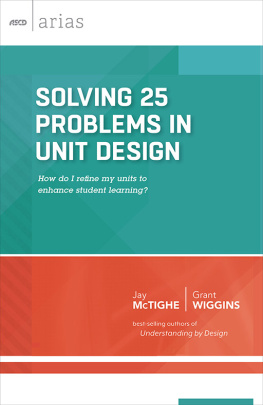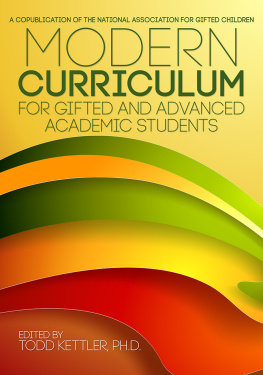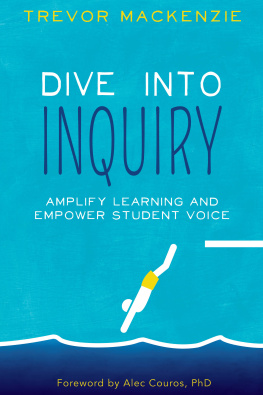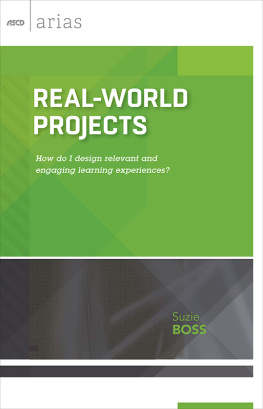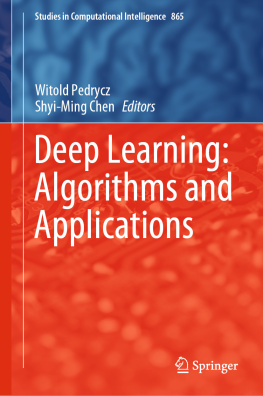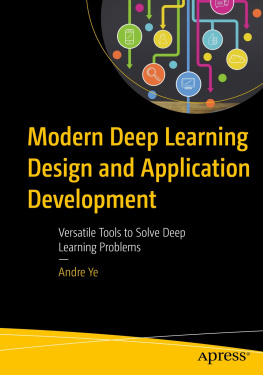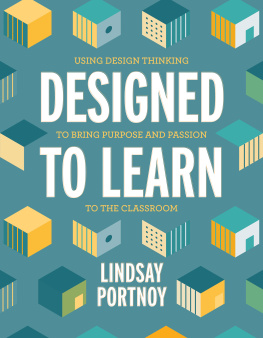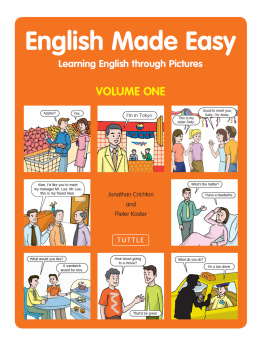


Introduction
Together, we have more than 85 years of experience as professional educators. Much of this experience has involved work on curriculum design, based on a backward design approach that we have described in many publications. We developed the Understanding by Design curriculum design framework because we found that traditional lesson and unit plans too often failed to focus on enduring ideas and processes, promote deeper learning, engage students in authentic performance, and equip learners to transfer their learning.
Our design process proposes that effective curriculum is planned backward from long-term aims through a three-stage design process: (1) identify desired results; (2) specify assessment evidence; and (3) detail the learning plan. This backward design process helps to avoid the common twin problems of textbook coverage and activity-oriented teaching in which no clear priorities and purposes are apparent. The process helps teachers help students uncover important ideas of content while promoting meaningful student engagement around outcomes that matter.
Over the years, we have worked with thousands of teachers and design teams and reviewed countless curriculum documents and unit plans. Through our work, we have come to recognize common problems that recur in unit planning. In this book, we identify 25 of those problems, describe indications of each, offer recommendations to correct them, and suggest ways to avoid them in the future.
The book is organized around backward design: the problems are presented in the sequence of the three stages. Since we have found that many problems in unit design are multifaceted, we have referenced related problems and concomitant solutions within this publication. We have also referenced two ASCD publications, Understanding by Design Guide to Creating High Quality Units and Understanding by Design Guide to Advanced Concepts in Creating and Reviewing Units where more information on unit design can be found. Readers interested in a more thorough treatment of unit design are encouraged to consult these books and related sources.

Problems with Unit Goals (Stage 1)
Problem #1. The unit is overly activity oriented.
When reviewing unit plans or speaking with teachers about them, we frequently see (or hear about) the various activities that their students will do. Not surprisingly, activity-oriented curriculum units are familiar in the visual and performing arts, physical education, and career/technology programs. They are also commonly found in most subjects at the elementary and middle school levels.
The activities listed in these units often seem to be engaging and kid-friendlyfine qualities as long as the activities are purposefully focused on clear and important goals and if they yield appropriate evidence of important learning. We have noticed, however, that many activities are not linked to clear outcomes. In other words, they can be engaging and hands-on without being purposeful or minds-on.
Heres how you can check to see if your unit activities are purposeful and effective:
- Show your learning activities to one or more colleagues and ask them to infer your targeted standards. Can they determine the outcomes that you intended?
- Carefully examine the student work that results from the activities. Does this work provide evidence that students have developed and deepened their understanding of important ideas and can apply their learning in meaningful ways?
- Ask yourself if the time that students spend on specific activities yield significant learning. In other words, is the juice worth the squeeze?
- Ask your students to tell you the purpose underlying the activities. Can they describe the key learning outcomes or are they merely completing the activities as directed?
If you answer no to any of those questions, then revise or drop the activities.
When planning a unit, try the following ideas to help focus the learning activities on worthwhile outcomes:
- Consider how students will process the activity. Why? Its typically not the activity that causes deep learning, its the processing of the activity. Give students ample time to consider the meaning of the activity and ask them probing questions that will prompt them to make connections and generalizations that link to other learning and broad goals.
- Explain the purpose of the activity. If you ask students why they are doing an activity, would they know? As students work on the activity, ask them. Or use exit slips to see if the larger lessons were learned.
- Ask yourself, What are the enduring, big ideas in this unit? What do I want students to really understand about this content? How can I best structure activities to help learners come to these understandings?
- Think of your unit as a story and figure out the moral of it.
- Frame the content of your unit around one or more essential questions.
- Complete this statement: If students really understand this content and have developed the targeted skills, they will be able to _____________. Your answer should help you develop performance assessments that will provide evidence of students abilities to apply their learning.
(See Wiggins & McTighe, 2011, Module A.)
Problem #2. The unit is coverage oriented.
Covering the content is a time-honored error in planning, teaching, and assessing. It is famously mocked in the movie, Ferris Buellers Day Off, where the economics teacher drones on and on, answers his own questions, and seems oblivious to his bored students. As we are using the word here, coverage is a negative term.
Coverage involves marching through content, topic by topic, without opportunities for students to seriously interact with the material. What is too little appreciated is that coverage, strictly speaking, is thus not really a plan for causing learning at all. It is merely a plan for what the teacher will talk about. The coverer naively assumes that teaching is telling and that clear lectures or minilessons lead automatically to learning if the learners will just pay attention.
But given how people learn (by processing what they hear or read in terms of prior learning), the real need in planning and teaching for understanding is to uncover the material. To understand is to understand the why? the so what? and the how so? That is, the teacher must routinely stop talking to find out what students are hearing and to give them opportunities to make sense of what is being presented. Any effective planeven when there is a lot of content to be masteredmust build over time for the students to actively make meaning and for the teacher to tease out inevitable learner confusions, questions, and misconceptions that straight lecturing ignores.
A unit plan features excessive or inappropriate coverage if it does not
- Include time for questions, investigations, discussions, or applications of the content. In other words, the plan is only about inputs, not how learner understanding will be achieved.
Next page
